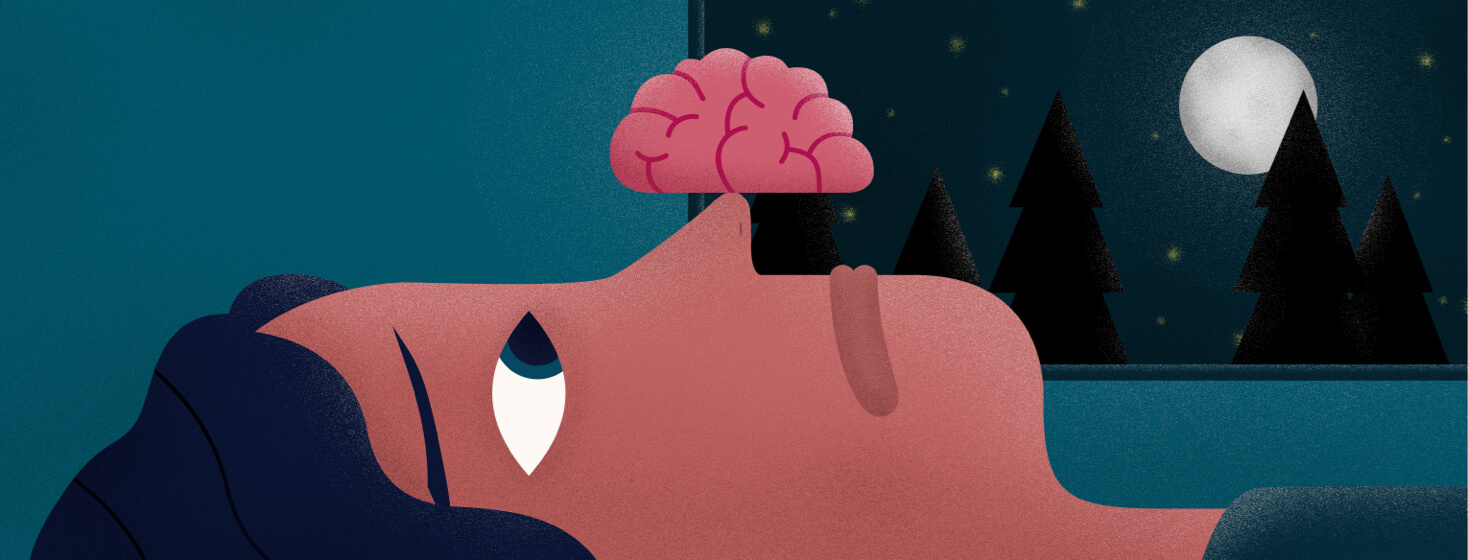Was Sleeping a Migraine Trigger?
I love sleeping. Since I was a little kid, I've loved sleeping late and staying cozy under the covers. As a teenager, dozing until the "crack of noon" was my jam, and as an adult, an afternoon "power nap" was always time well spent. So, you can imagine my surprise and frustration when my migraines began interfering with my much beloved sleepy time.
Sleep used to be my reprieve
When my migraines first began, sleep was my savior. I could sleep to stave off an oncoming migraine or use it to turn down my pain level when one was happening. Taking a quick nap when those first hot twinges started could stop a full-blown migraine from taking over my day. Then, when lying in bed like an immovable slug waiting for my head pain to run its course, sleeping eased my pain levels. Sleep and I went together like peas and carrots or Forest Gump and running — until my migraines changed it all.
Were my naps triggering attacks?
"I thought you went to take a nap," my husband began, "you still look tired." Maybe it was the fact my eyes wouldn't open all the way or how my face drooped down to my knees that made me look tired. But what my husband really saw was the beginning of a migraine.
"My naps…I think they're triggering my migraines," I said. I wasn't totally sure how this could be true, but it was the 5th time in a row I'd woken from a nap with a migraine. What was happening? What was I supposed to do to help my head from feeling like it had my outdoor grill attached to it and keep the self-care ritual I'd had in place, well...in place?
Waking in the middle of the night to migraine
Given a choice between the two, I chose less pain. I gave up my naps in favor of going to bed earlier, which worked for several years - until my migraines changed it all again.
I started waking up with migraines in the middle of the night. I tried different pillows and even a bite-guard to help with jaw tension in case that was a contributing factor. What really made this difficult was I had to switch up my sleeping position. I'd always and forever been a side sleeper. I noticed that whichever side I'd slept on was the side my migraine magically appeared. Perhaps as my migraine frequency increased, my muscles and nerves became super sensitive to the extra pressure of my heavy head. I'm not sure. What I did know was that falling asleep on my back was an impossibility.
My plan to reduce attack frequency
So, in true migraineur inventive fashion, I came up with a plan. I slept on my side but with a rolled-up towel circling my head. Resting my head on the towel alleviated the pressure on my jaw and temple, and my migraine frequency decreased somewhat. I was able to be more consistent in my nighttime sleep schedule to keep my head pain at bay - until my migraine changes it all again, and I'll be allowed to take those lovely power naps once more.

Join the conversation